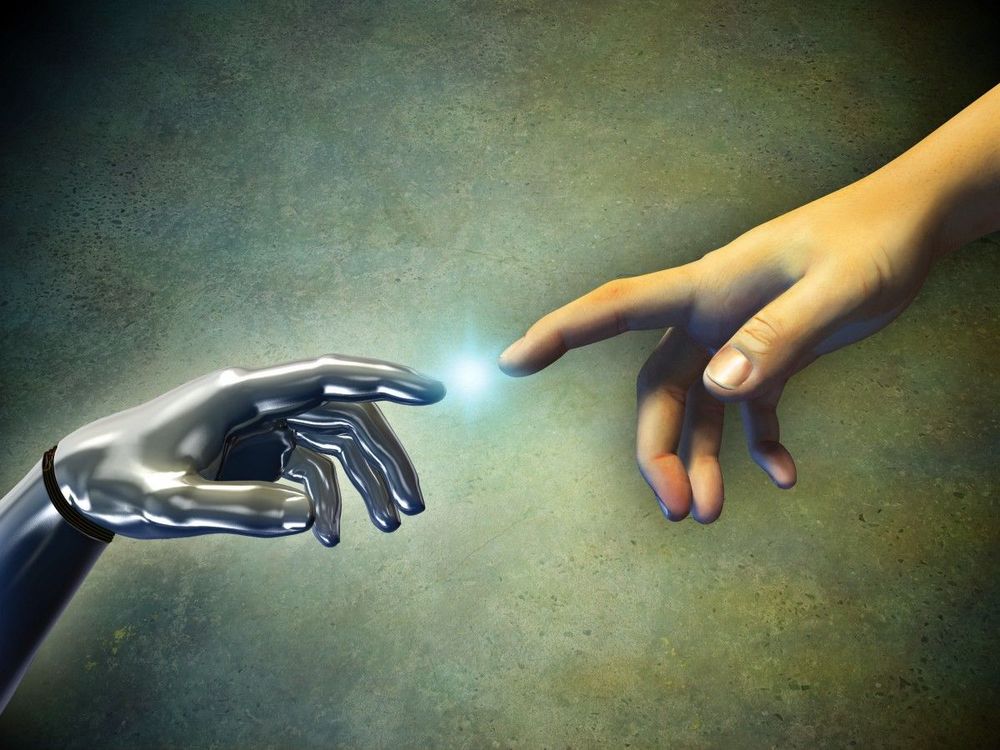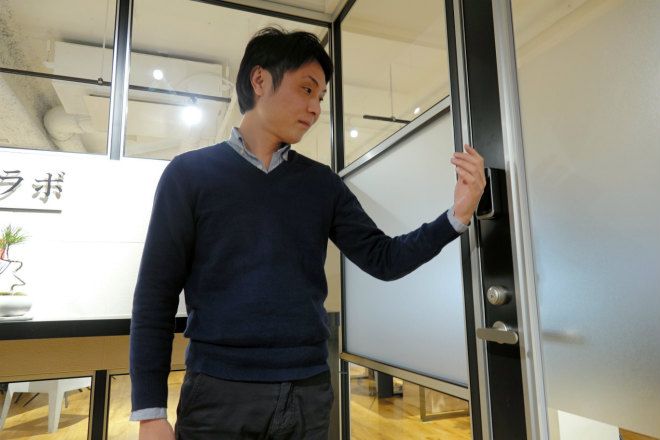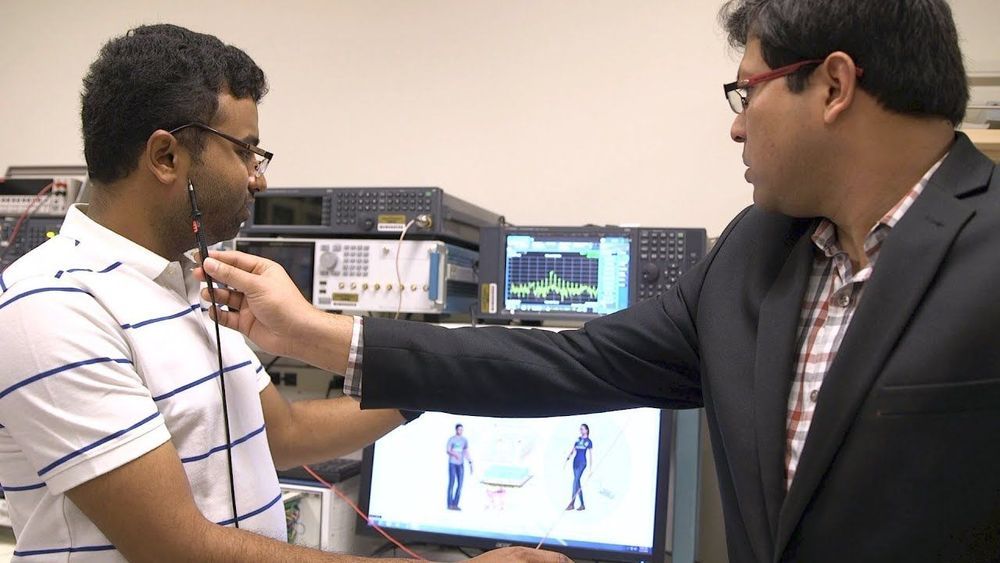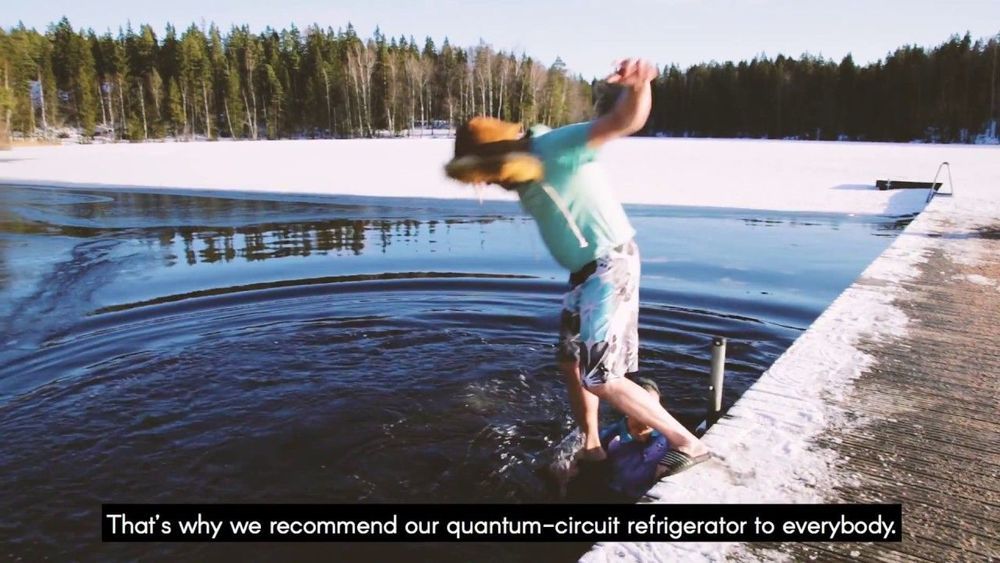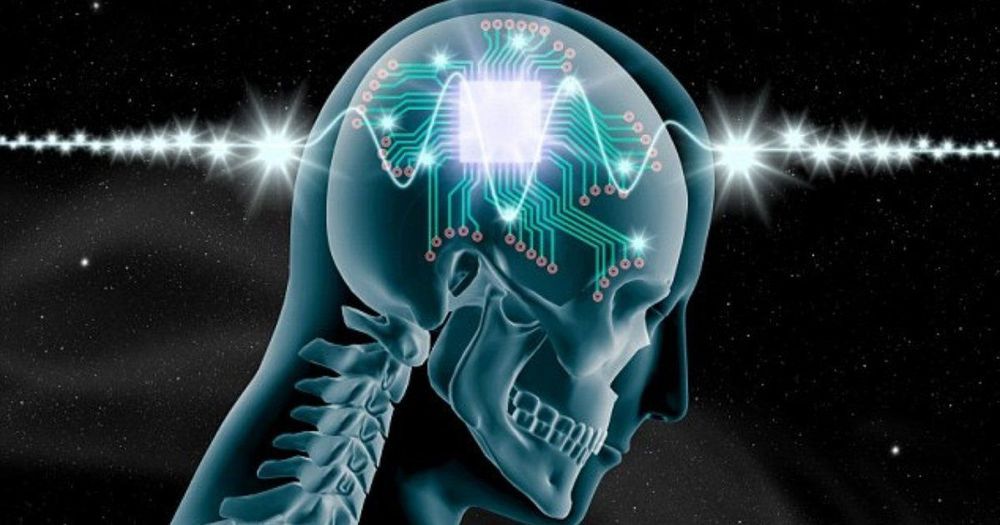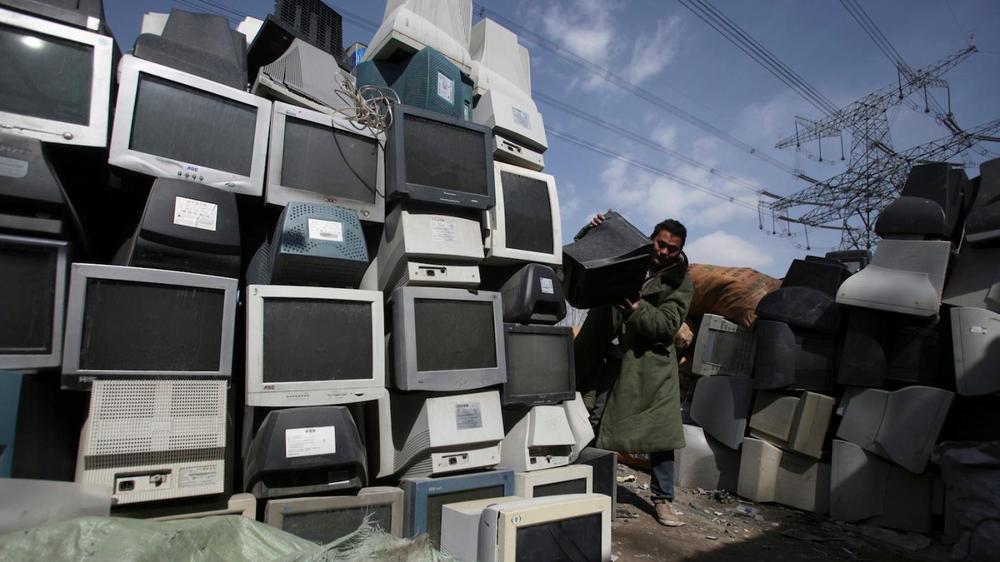It’s not just that millennials have astonishing facility with computers, taking to every cell phone and software or video game release like birds to the sky. And it is not only that they seem more mechanically adept than other generations, with fine motor skills far beyond those of older people (with their ham-handed, clunky attempts at tiny phone keyboards).
It’s that they seem to be becoming one with the technology.
Anyone who’s ever had to remove a cell phone from beneath a teenager’s bed pillow to allow for a good night’s sleep (uninterrupted by incoming texts and calls) or peel an avid gamer away from the console long enough to eat dinner knows what I’m talking about. The devices are not just tools — they are extensions of young bodies and minds. In fact, according to a recent Nielsen survey, eighty-three percent of Generation Y admit to sleeping with their phones.
